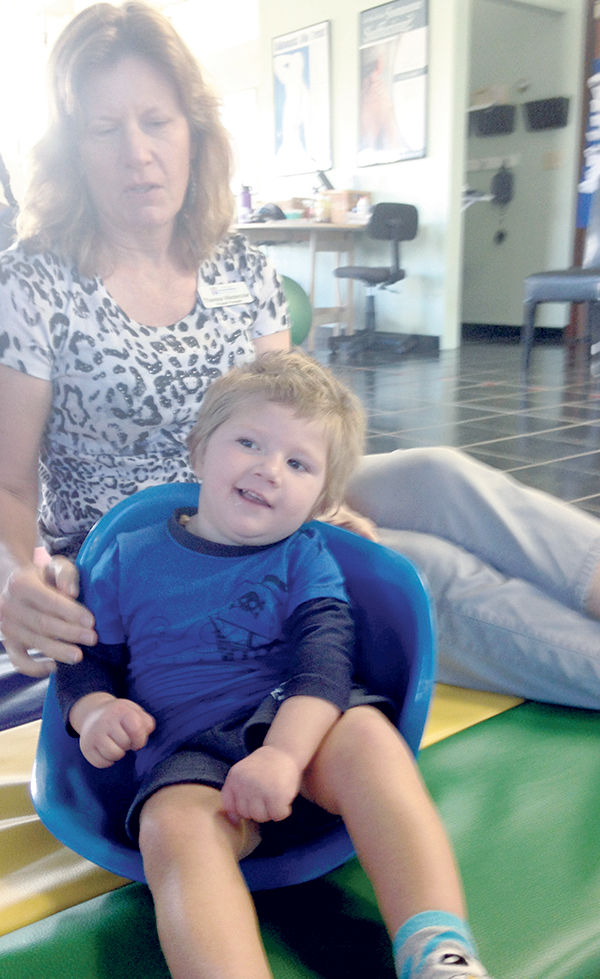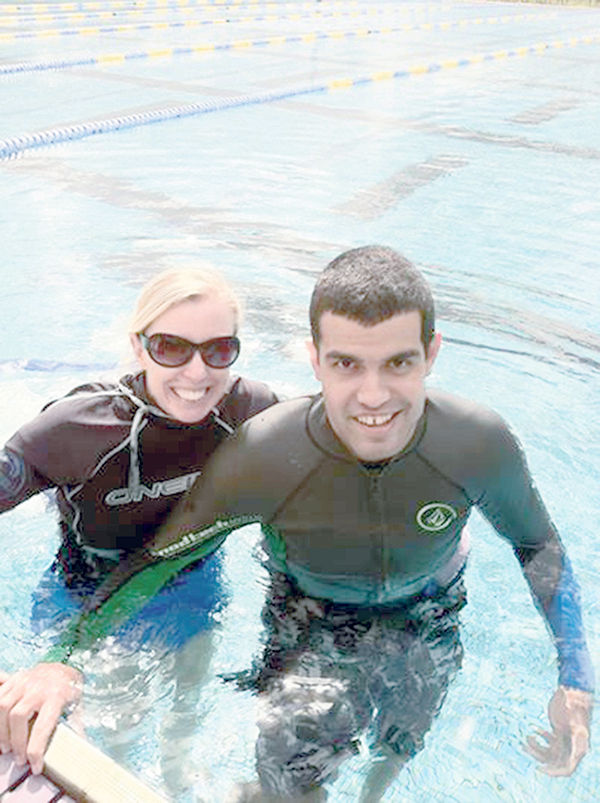Life after a brain injury usually involves many changes and challenges. In addition to all the physical changes a brain injury may bring, it can also mean the loss of a career or the disruption of an education. It can
Life after a brain injury usually involves many changes and challenges. In addition to all the physical changes a brain injury may bring, it can also mean the loss of a career or the disruption of an education.
It can alter plans for the future, change the way you meet and make friends and affect the way you think about yourself.
For most people who experience a brain injury, life will return to a similar pace. But for many others, healing may mean months, years, or even a lifetime full of changes.
Decreasing subsequent injury is a start in the healing process.
Here are some tips to prevent and decrease the chances that you or someone you know will have a brain injury.
– Always buckle your child into a child safety seat, booster seat, or seat belt (according to the child’s height, weight, and age) in the car.
– Wear a seat belt every time you drive or ride in a motor vehicle.
– Never drive while under the influence of alcohol or drugs.
– Wear a helmet and make sure your children wear a helmet when: riding a bike, motorcycle, all-terrain vehicle;
– Playing a contact sport, such as football, ice hockey, or boxing; using in-line skates or riding a skateboard;playing baseball, or riding a horse
– Make sure the surface on your child’s playground is made of shock-absorbing material, such as hardwood, mulch, or sand.
– Keep firearms stored unloaded in a locked cabinet or safe. Store bullets in a separate secured location.
Falls among the elderly are prevalent, dangerous, and can diminish their ability to lead an active and independent life. About one in three seniors above age 65, and nearly one in two seniors over age 80, will fall at least once this year, many times with disastrous consequences resulting in brain injuries.
Physical and occupational therapists can help prevent falls with evaluation and development of individualized treatment plans including functional exercises to improve strength, mobility, and balance. It helps to know the risk factors associated with falls as a way to increase awareness and take action to decrease falls.
Risk Factors
Muscle weakness; Difficulty with balance or walking; Vision problem; Vertigo (being off-balance and dizzy); Pre-existing medical conditions that limit mobility; such as Parkinsons disease; stroke; or diabetes.
Conditions that cause confusion (dementia, Alzheimer’s, etc…), Being on more than four medications at the same time; use of an assistive walking device; environmental hazards (e.g., throw rugs, pets); difficulty completing activities of daily living such as getting dressed; making the bed; Low blood pressure.
Steer clear of brain injury from falls with the following tips:
Remove items you can trip over (like papers, books, throw rugs, clothes, and shoes) from stairs and other places where you walk. Be aware of pets and pet-related toys. They can create home hazards.
Keep items you use often in cabinets that you can reach easily without using a step stool.
Install grab bars next to your toilet and in the tub or shower. Use nonslip mats in the bathtub and on shower floors. Improve the lighting in your home. As you get older, you need brighter lights to see well. Hang lightweight curtains or shades to reduce glare. Put handrails and lights in all staircases. Change your footwear: heels and slip on shoes can make you trip or slip and fall.
Be sure to continuously get your feet measured for properly fitted shoes, buy non-skid soles, and avoid thick soles. Ask your health care provider to review all your medications, including over-the-counter medicines.
Some medicines, or combinations of medicines, can make you sleepy or dizzy and can cause you to fall. Check with an MD if you feel medicines are making you feel dizzy or off-balance. Check blood pressure regularly and when lying, sit for a minute before standing up, to check for changes.
Have your eyes checked by an eye doctor at least once a year. You may be wearing the wrong glasses or have a condition such as glaucoma or cataracts that limits your vision. Poor vision can increase your risk of falling.
Maintaining physical activity is critical in helping to prevent falls. Physical and occupational therapists recommend activities of any fitness level, including gardening, hula dancing, and yoga to help improve balance and movement.
Yoga, with its gentle movements, can address these discussed fall risk factors (poor balance, impaired mobility, reduced strength and flexibility) and focus on increased awareness and proprioception, resulting in decreased fear of falling and improved balance in older adults.
The mind-body interaction of yoga is likely to help manage anxiety related to fear of falling and improve balance by helping to improve strength and flexibility. There is also a documented relationship between balance, range of motion, and flexibility at the hip in older adults.
What can you do if you or your loved one has already suffered a brain injury? A brain injury can affect everything in life, including the way you walk, talk, and think. Physical therapy, occupational therapy and speech therapy offer a number of treatments and strategies that assist to restore and cope with the parts of life that have been affected by a brain injury.
•••
Mindy Murray OTR/L, Kauai Therapy & Wellness. She can be reached at (808) 333-3688 to schedule your free screening by a licensed therapist.



